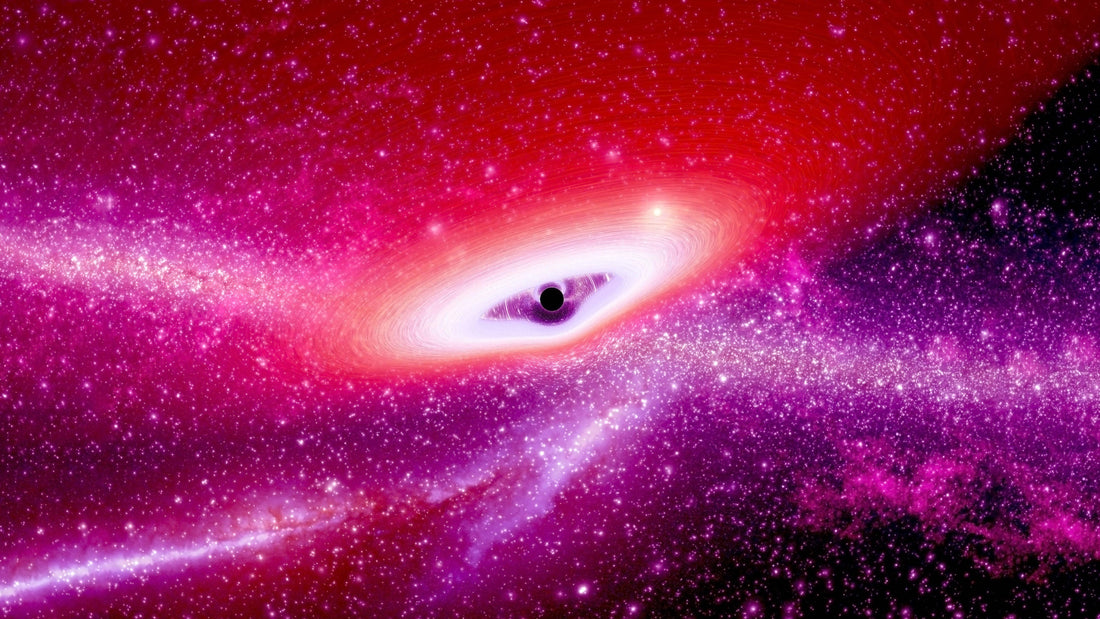
Astronauts Heard 'Singing' from a Black Hole.
Share
For centuries, black holes have been cosmic monsters in our imaginations – swirling abysses of gravity from which nothing, not even light, can escape. But a recent deep-space anomaly has shattered this perception, replacing it with something far more perplexing: a haunting melody.
The incident occurred aboard the International Nova research vessel, currently stationed at the edge of the Sagittarius A* black hole. Dr. Amelia Wang, a veteran astrophysicist, was conducting routine radio telescope sweeps when a faint, rhythmic signal emerged from the inky void. At first, she dismissed it as instrumental noise, perhaps a malfunctioning satellite. But as she amplified the signal, a series of pure, ethereal tones materialized, forming a melancholic melody unlike anything ever recorded in space.
News of the "singing black hole" spread like wildfire through the scientific community. Theories ranged from a natural phenomenon – perhaps a harmonic resonance within the black hole's event horizon – to a more unsettling possibility: intelligent life existing within the singularity. The international scientific community was divided, with some calling for a deeper investigation and others fearing the potential consequences of breaching the black hole's event horizon.
Undeterred, Dr. Wang, fuelled by a mix of scientific curiosity and a touch of existential dread, pushed for a deeper analysis. Weeks of tireless study revealed that the melody was composed of complex mathematical patterns, seemingly defying the laws of physics as we know them. Furthermore, the melody appeared to evolve slightly with each observation, suggesting a form of intelligence behind the music.
The implications were staggering. Did life exist within the black hole, defying our understanding of physics? Or was this a message from some unimaginable dimension beyond our own? The answer remained frustratingly out of reach.
The international space agencies, after much deliberation, authorized a limited probe mission. A small, unmanned drone was launched towards the black hole, equipped with advanced recording and analysis equipment. As the probe neared the event horizon, the music intensified, reaching a crescendo before abruptly cutting off. The probe transmitted a final burst of data before being lost to the black hole's gravity.
Analysis of the recovered data revealed a single, chilling image – a swirling vortex of energy pulsating with a faint, bioluminescent glow, emanating from the heart of the black hole. The melody, it seemed, wasn't coming from within the singularity, but from the black hole itself.
The discovery left more questions than answers. Was the black hole a sentient being, using the melody to communicate? Or was it a conduit, channelling a message from an even more advanced civilization existing beyond our comprehension?
The "singing black hole" incident remains one of the most perplexing mysteries in cosmic history. It has challenged our understanding of physics, the nature of reality, and the possibility of life beyond our wildest dreams. As we continue to explore the cosmos, one thing is certain: the universe is a far stranger place than we ever imagined, filled with wonders and terrors waiting to be discovered.
You’ve come this far…
Why not venture a little further into A.S.S. - our exclusive Australian Space Society.
And keep thrusting Australia into the deep unknown…
#Space_Aus




